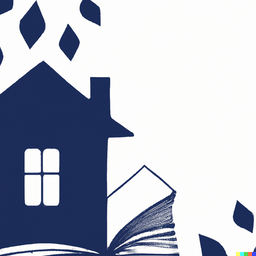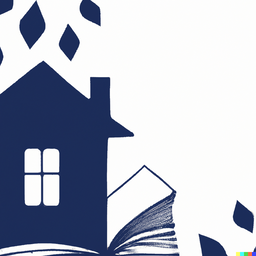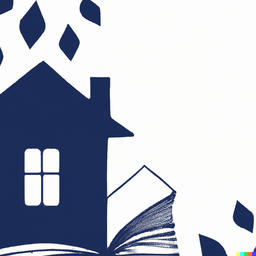
How does the narrative structure of "House of Leaves" contribute to its overarching themes?
A novel's narrative structure - including aspects like narrative voice, plot sequencing, and use of devices like framing or embedded stories - can profoundly influence and interact with its central themes. Unconventional or complex narrative choices allow authors to mirror and amplify thematic components in resonant ways. Evaluating how form complements function offers deeper insight into a text's meaning.
The Power of Embedded Stories and Metafiction
The introduction of an unreliable narrator, contradictory accounts, or intentionally disorienting time jumps may echo themes about the nature of truth, memory, and perception. Fractured narrative reinforces thematic exploration of fractured identity or communities.
Embedded tales or texts within a framing narrative create parallels between "stories within stories," heightening thematic motifs around acts of imagination, interpretation, and the relationship between art and lived experience. Metafictional techniques likewise foreground themes of artifice and subjectivity.
Nonlinear sequencing such as shifting chronology can mirror the workings of memory and psychology, underscoring thematic preoccupations with the past's influence on the present. Disruptions of conventional time may suggest themes about the human compulsion to impose narrative order on an indifferent, chaotic universe.
The Impact of Layered Narrative Voices and Polyphony
The layering or fragmentation of narrative voices can evoke isolation, the multiplicity of truth, community bonds, or the struggle to craft identity from competing stories. Polyphony generates thematic tension between harmony and dissonance.
Prose Style Elements and Their Contribution to Thematic Moods
Even prose style elements like sentence structure or diction choices can augment thematically resonant moods - the staccato rhythms of short sentences conveying thematic tension, while fluid long sentences suggest thematic searching.
The Synergy of Form and Themes in Postmodern Novels
In skillful hands, narrative tools amplify themes through form, creating a synergistic reading experience. By mirroring subjects like memory, truth, identity in their constructions, postmodern novels like House of Leaves invite analysis of how unconventional structure marries function. Scrutinizing the "how" of storytelling illuminates the deeper "why."
Popular posts
-

Unofficial Sparknotes Guide to "House of Leaves" by Mark Z. Danielewski
November 2nd, 2023
-

Chapter Summaries of "House of Leaves"
November 2nd, 2023
-

Character Analyses in "House of Leaves"
November 2nd, 2023
-

Themes in "House of Leaves"
November 2nd, 2023
-

Notable Quotes from "House of Leaves"
November 2nd, 2023
-

Discussion Questions for "House of Leaves"
November 2nd, 2023